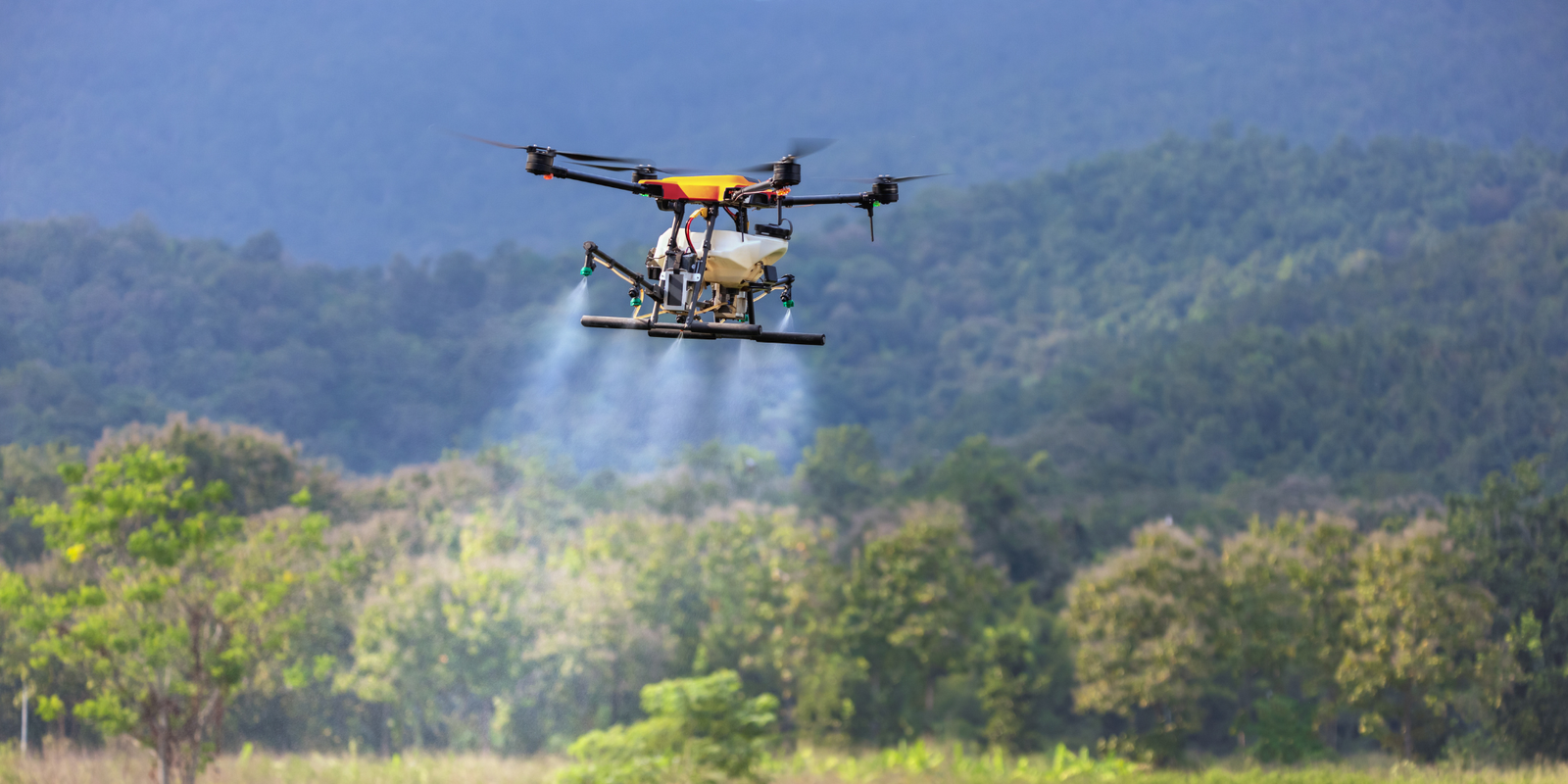Why India must bet big on deeptech to drive drone self-reliance


India is a country that is growing, and as it grows, its technology is also changing, with more startups appearing every day. A big change can transform different industries, boost national security, and put India at the top of the unmanned aerial systems field. To realise this bold dream of drone self-reliance, our country needs to fully and clearly invest in deep technology. With supportive government policies, fast-paced innovation, and a strong entrepreneurial culture, there’s a great chance for India to become the global centre for drones.
The Indian government has already taken steps that are forward-thinking and has set a solid base. Programmes like the Production Linked Incentive (PLI) Scheme for drones and drone components give much-needed financial help, which encourages local production and lessens our dependence on imports. Other programmes such as Kisan Drone Yojana and Namo Drone Didi are not just ideas—they are real initiatives that are helping farmers and building a growing startup environment.
Drone Rules 2021 have made regulations simpler, making it easier for companies to innovate and expand. These government efforts, along with schemes like SVAMITVA for land mapping, clearly show India’s commitment to developing a self-reliant and high-tech drone industry.
The future of the Indian drone industry looks not only bright, but is also full of energy. We are seeing fast growth, with hopes of a major expansion from the current small drone fleet.
Drones are moving beyond their usual roles and becoming important in many industries. In agriculture, they help with precision farming, crop monitoring, and automated spraying, which improves crop yields and lowers costs. In logistics, they are expected to change last-mile delivery, especially in rural parts. In urban development and infrastructure, drones make mapping, surveying, and construction monitoring faster and more accurate. In defence and security, they are used for advanced surveillance, reconnaissance, and even autonomous strike operations, which strengthen national security. This high demand is a great opportunity for deeptech entrepreneurs.
Need for breakthrough innovations
Deeptech is the main focus right now. To every potential deeptech entrepreneur, the message is clear: now is the time to take smart risks. The challenges in drone production, from localising basic parts to making complex software, give plenty of room for innovation. We need breakthroughs in battery technology for longer flight times, small but accurate sensors that work in many uses, and advanced avionics systems.
The government’s support for public-private research and development, along with tax benefits for local innovation, should encourage entrepreneurs to invest in the long and often costly research process that deeptech requires. Strong patent laws will also be essential to help India become a global leader in drone innovation.
Unlocking the value of AI
Artificial intelligence (AI) is the real game-changer in achieving drone self-reliance. AI isn’t just an extra—it’s the intelligence that will allow drones to operate on their own, fly beyond what people can see, understand complex surroundings, and make quick decisions. Areas like computer vision for object detection, machine learning for predictive maintenance, and swarm intelligence for coordinated operations are key areas where Indian talent can lead.
Our local scientists and engineers are best suited to create AI algorithms that work for India’s unique geography and operational needs. Integrating AI will unlock the full potential of drone corridors for logistics, healthcare delivery, and future air mobility, modernizing our economy and improving people’s lives.
Nurturing local talent for self-reliance
To become a self-reliant and world-leading drone hub, India needs a strong local vendor network and a skilled workforce. The demand for drone manufacturers, pilots, data analysts, and trained technicians is growing rapidly. Schools and universities, with support from industry, should focus more on practical training and national certification programmes.
The ‘Make in India’ initiative and the PLI schemes are already helping to build a network of local component makers. We need to strengthen this supply chain so that everything, from flight controllers to propulsion systems, can be made domestically.
By developing our local talent and boosting local manufacturing, we can build a fully self-reliant and globally competitive drone industry, positioning India as the world’s top drone manufacturing and innovation centre by 2030.
The author is Founder and CEO, Garuda Aerospace.
Edited by Swetha Kannan
(Disclaimer: The views and opinions expressed in this article are those of the author and do not necessarily reflect the views of YourStory.)
Discover more from News Hub
Subscribe to get the latest posts sent to your email.







